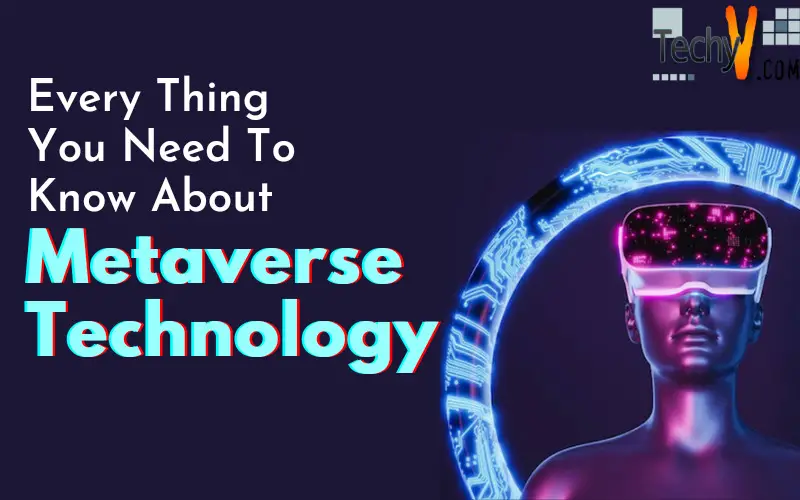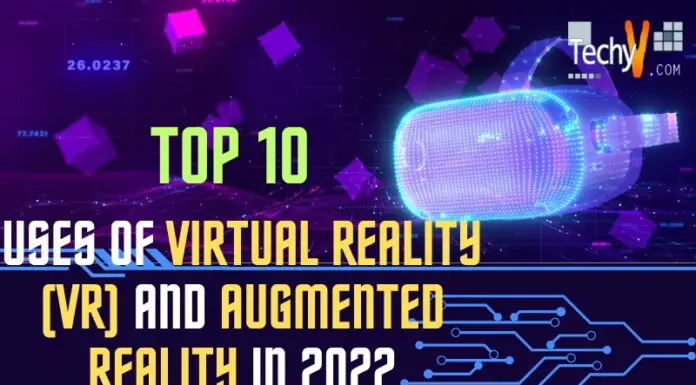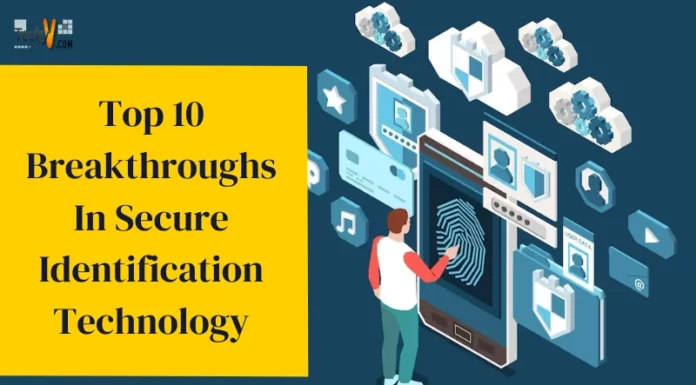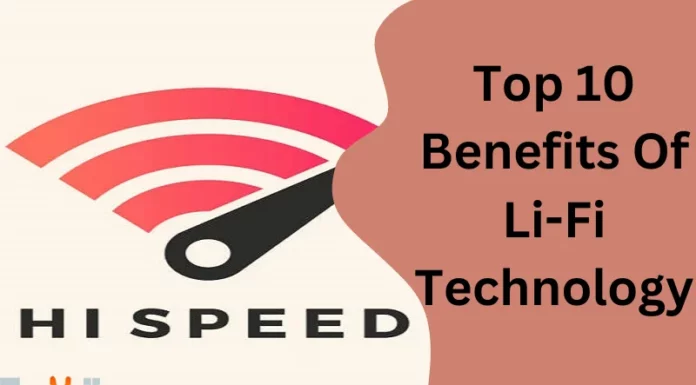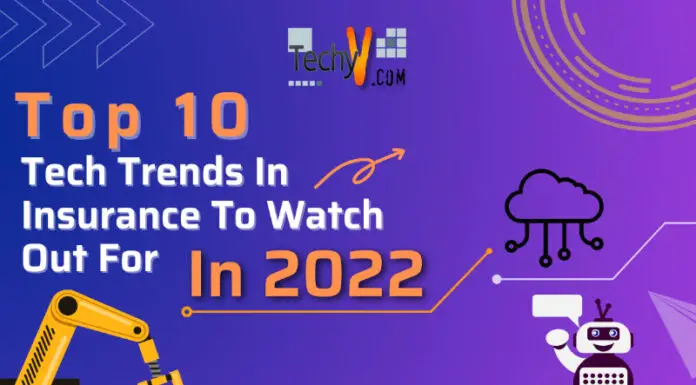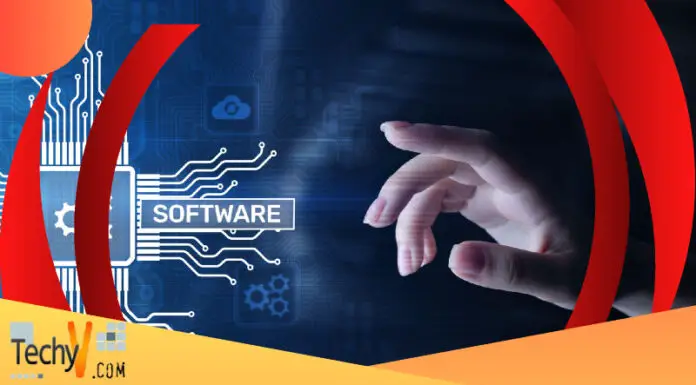Metaverse is one of the hot topics nowadays, but it was introduced in 1992 by sci-fi writer Neal Stephenson to describe a 3D virtual space.
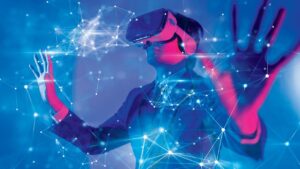
It is a virtual world created using different technologies. It includes Virtual Reality (VR), Augmented Reality (AR), Artificial Intelligence (AI), Blockchain Technology and Cryptocurrency, and the Internet of Things (IoT). Let’s understand each of these terms first. It is a virtual world created using different technologies. It includes Virtual Reality (VR), Augmented Reality (AR), Artificial Intelligence (AI), Blockchain Technology and Cryptocurrency, and the Internet of Things (IoT). Let’s understand each of these terms first.
Augmented Reality (AR) and Virtual Reality (VR):
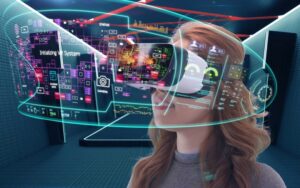
Virtual reality is a computer-generated, three-dimensional environment where a person can interact with the artificial three-dimensional visual. It contains scenes, objects, persons that appear to be true. Users can explore this environment using headsets, gloves, and sensors. Motion sensors pick up the user’s movement and adjust the screen or view accordingly.

Unlike Virtual Reality, Augmented reality uses a real-life setting. It is a modification of real-life by adding some things such as sounds, visual elements and combining them with the real world. AR is used to offer an enriched experience by enhancing the natural environment. With the help of AR technology, the surrounding environment can be made more interactive by adding computer vision to the devices. For example, in Augmented Reality, users can see virtual objects in their natural surroundings. It provides information about the things that are in front of them.
Artificial Intelligence (AI):
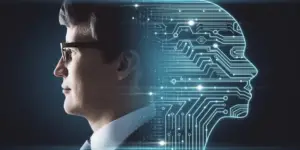
Artificial Intelligence is a technique of making devices that work and behave like humans. The machines created by AI can perform human-like tasks. Fields of healthcare, robotics, marketing, and business analytics are examples that use AI machines. AI algorithms can learn from previous data and iterations to provide unique outputs. In metaverse, AI algorithms analyze 2D and 3D images to create avatars that look more realistic and accurate.
Blockchain Technology and Cryptocurrency:

Blockchain is a system for recording information. It uses the concept of cryptography that makes it difficult to change, hack, or cheat the system. It is a distributed database shared among the computers. Cryptocurrency transaction history is mainly stored using Blockchain technology.
It stores the records in digital format. Cryptocurrency is a digital or virtual currency that does not have any physical embodiment. Cryptocurrencies enable users to transfer value in the 3D digital world.
Internet of Things (IoT):
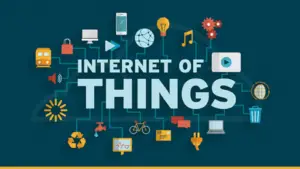
Internet of Things is an extensive network with connecting devices. These devices gather and share the data of how they operate and the environment where we use them. Sensors are embedded in each device to help collect this information. These sensors continuously share the data about the working state of the devices. Devices can be mobile phones, electric appliances, cars, barcodes, etc.
Metaverse technology is not a new term. Many modern video games and virtual reality uses several components of metaverse technology.
In metaverse, users can create customized avatars to take any physical characteristics they want. This avatar can further interact with the other players and with the platform. Using these avatars, users can actively explore the virtual world from their comfort. For example,
1. Active class participation can be enhanced where users attend class through a metaverse. The user doesn’t need to travel to long destinations only to attend the classes. Also, the user can explore the campus virtually too.
2. Users can participate in the virtual economies powered by Cryptocurrencies. It includes virtual stores, malls where users can sell and exchange items like digital avatars, virtual clothing, event tickets, etc.
3. There can be many metaverses inside one virtual space. People can engage in various activities such as shopping, meeting friends or relatives, attending concerts or events, etc.



